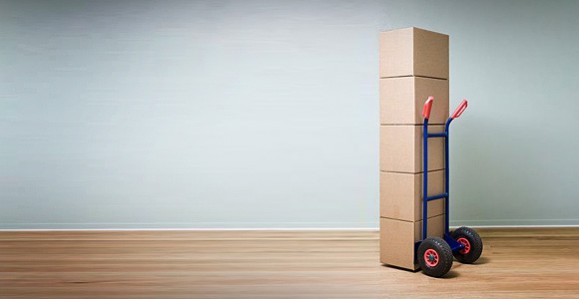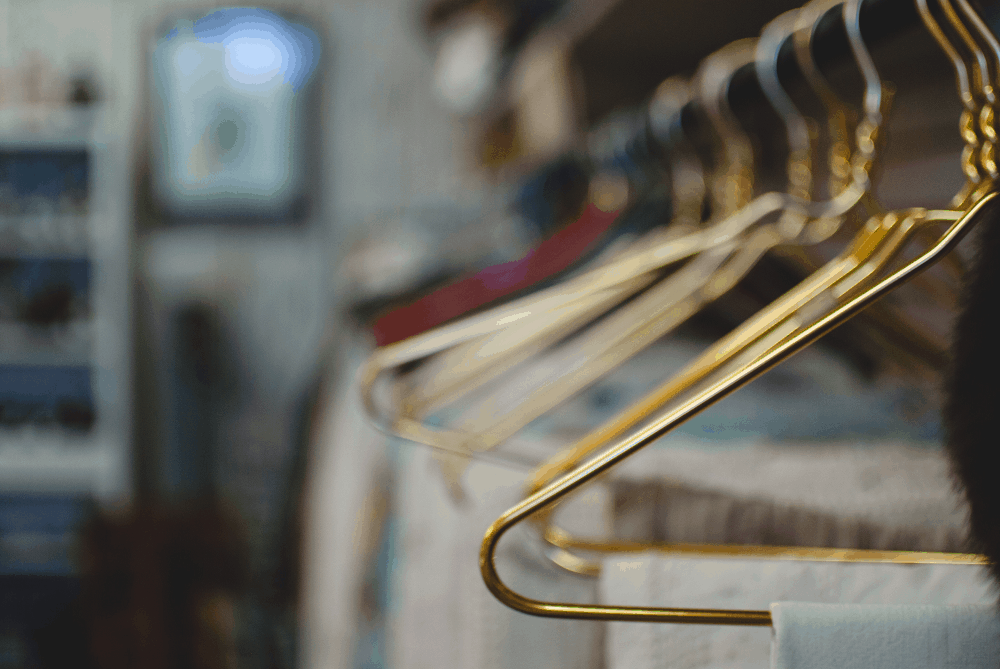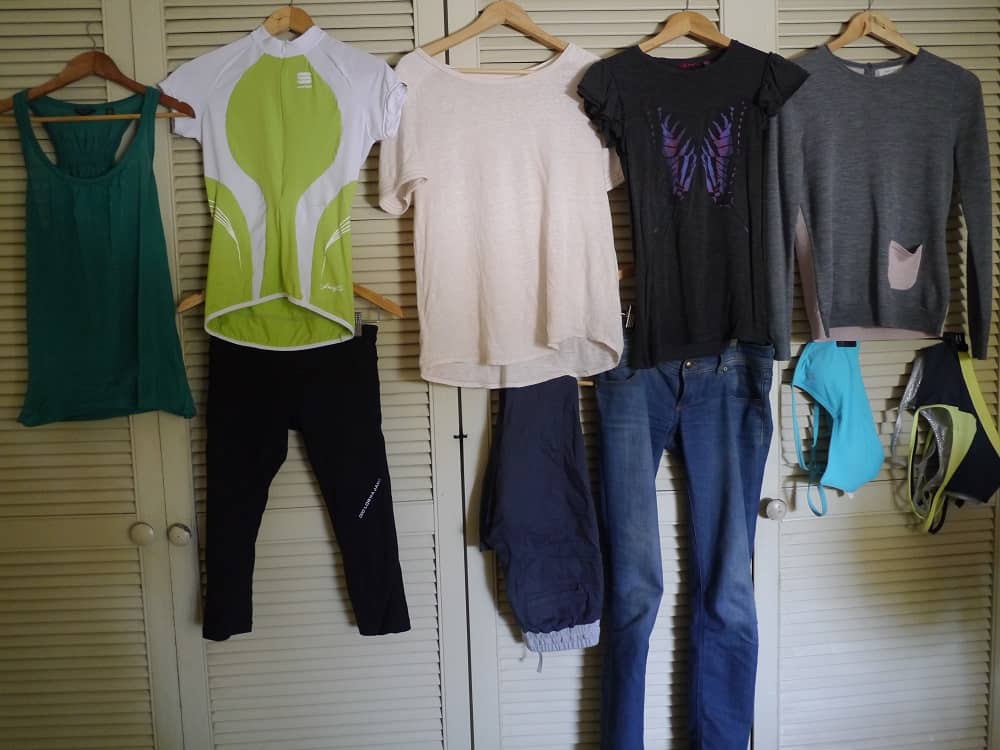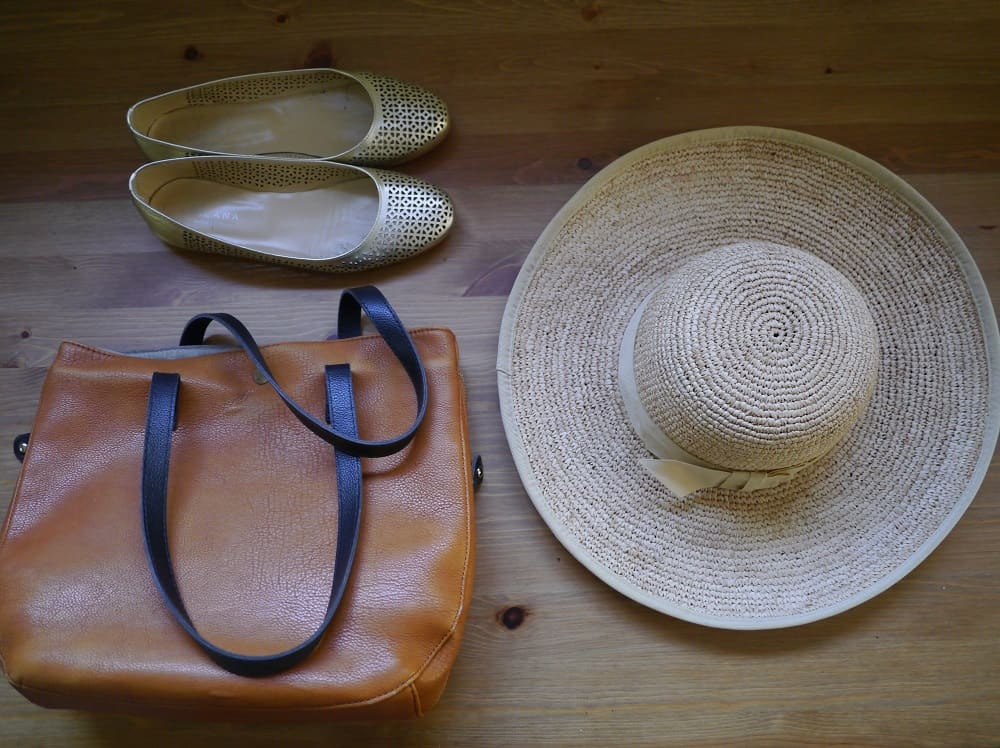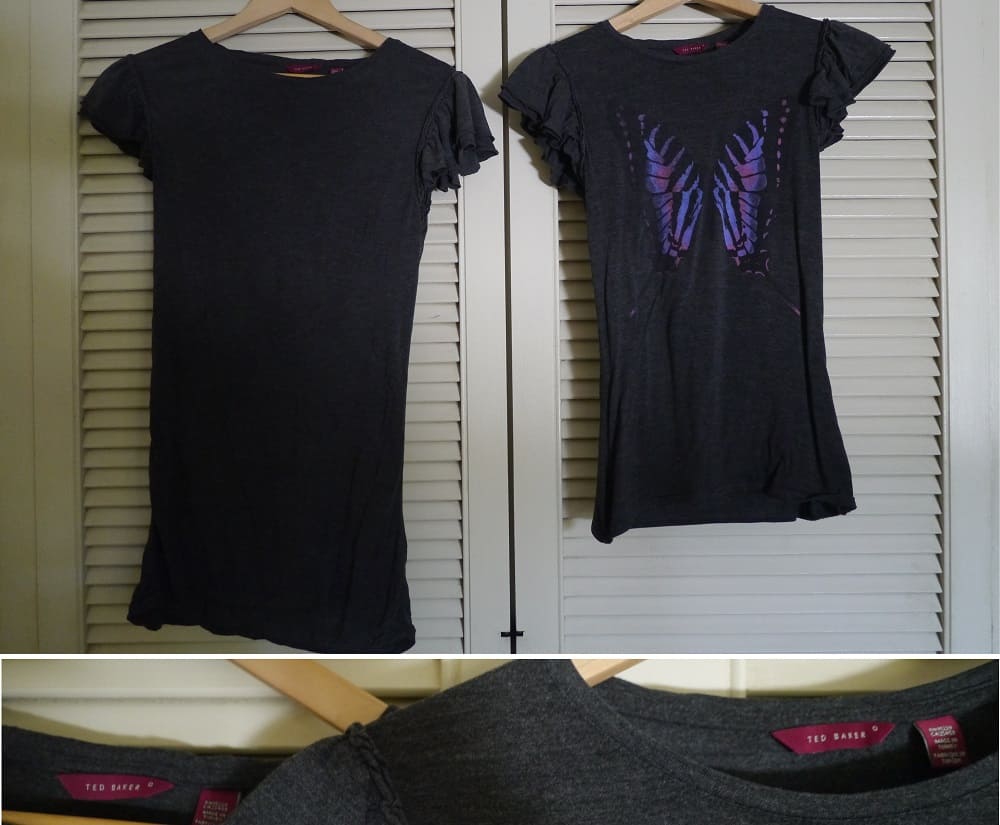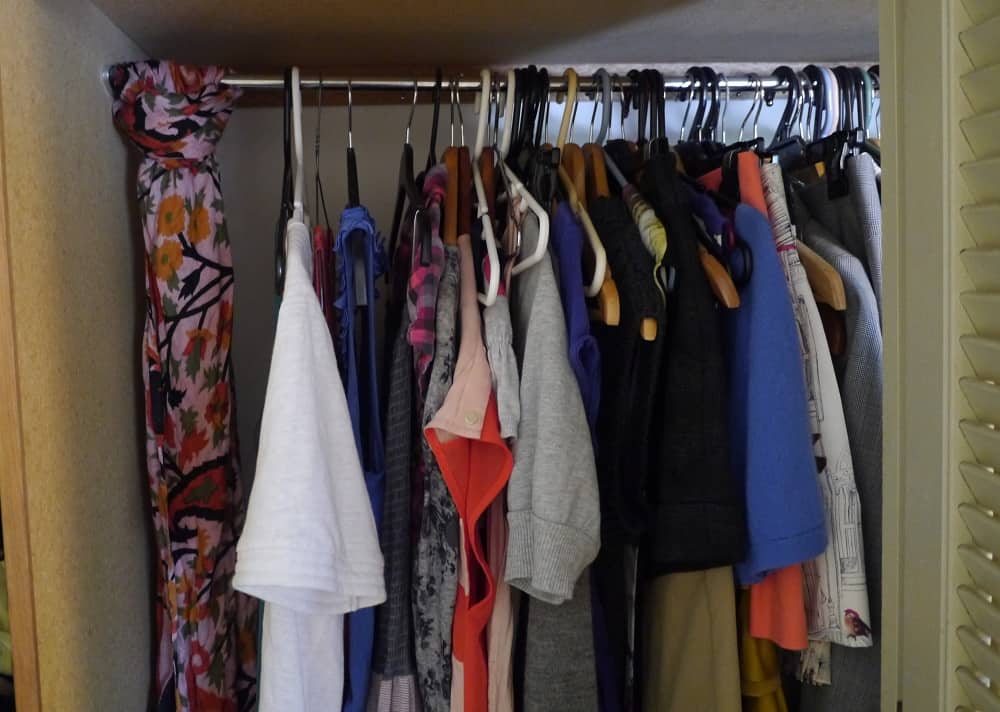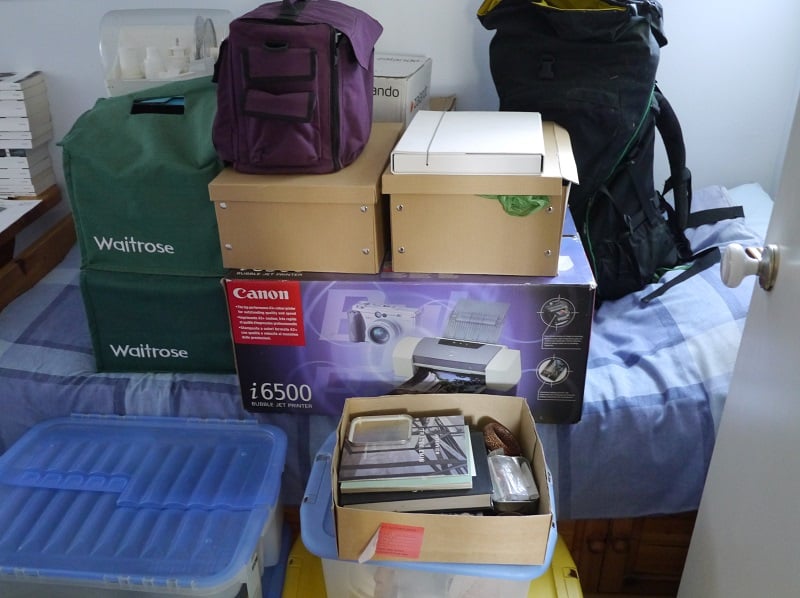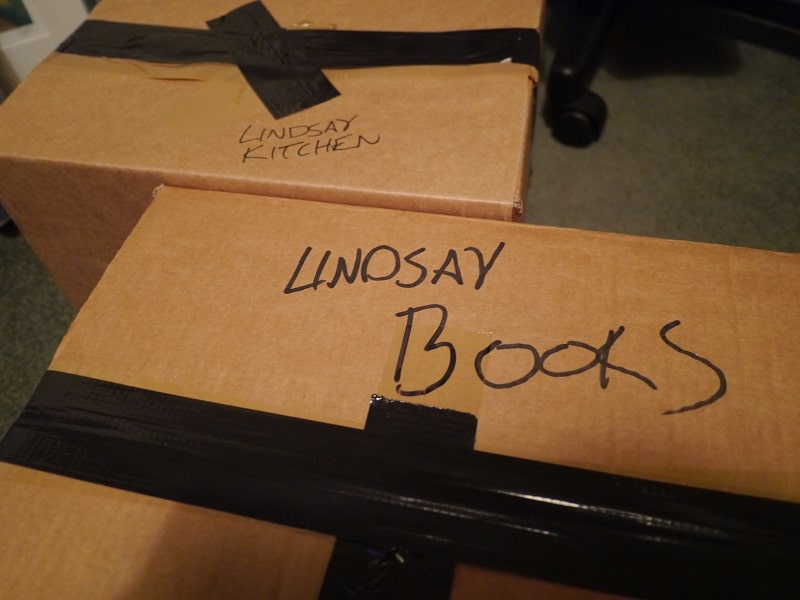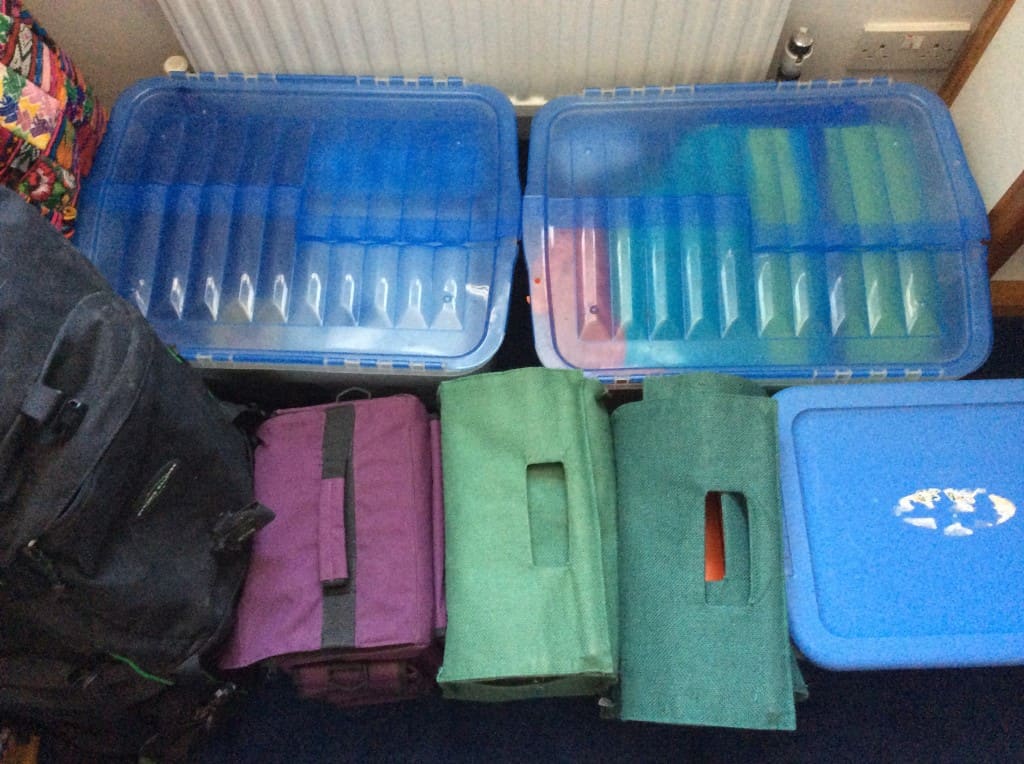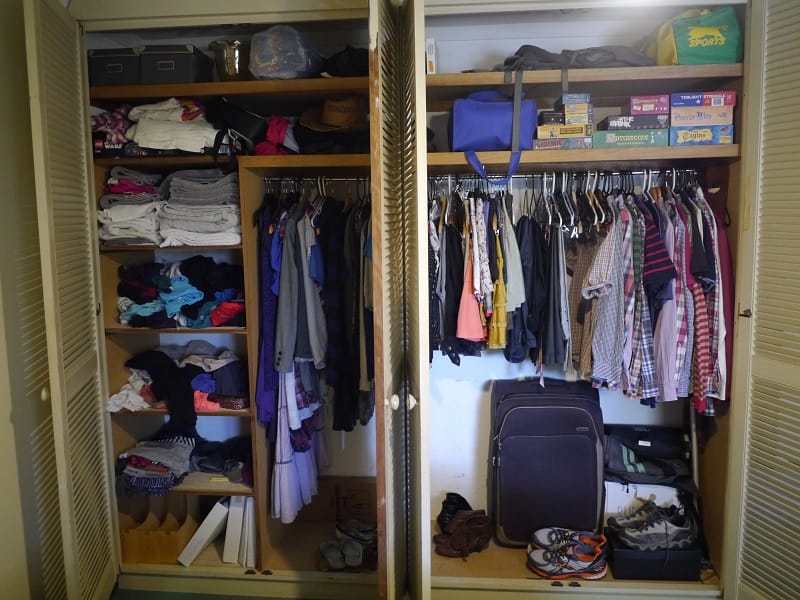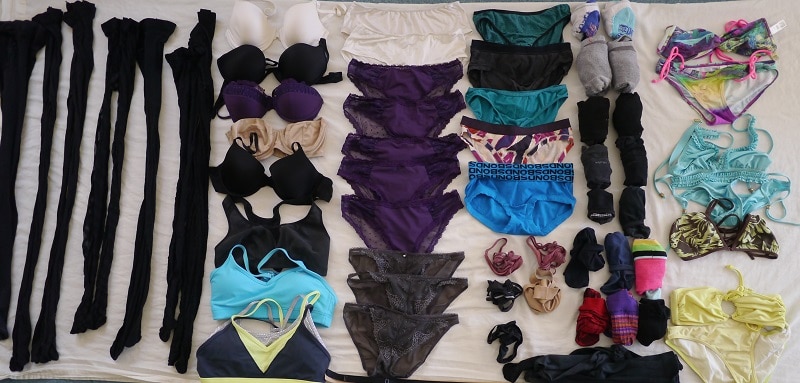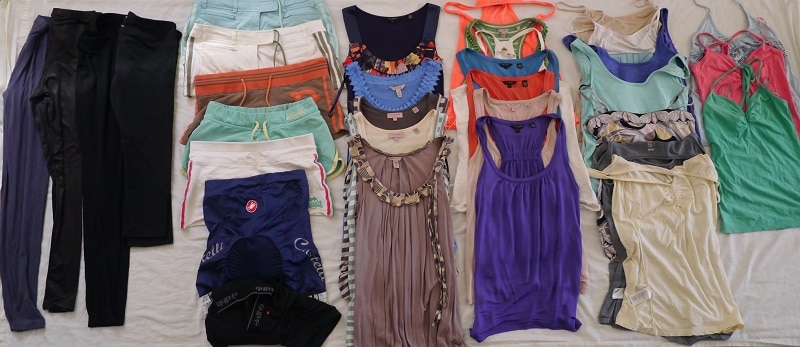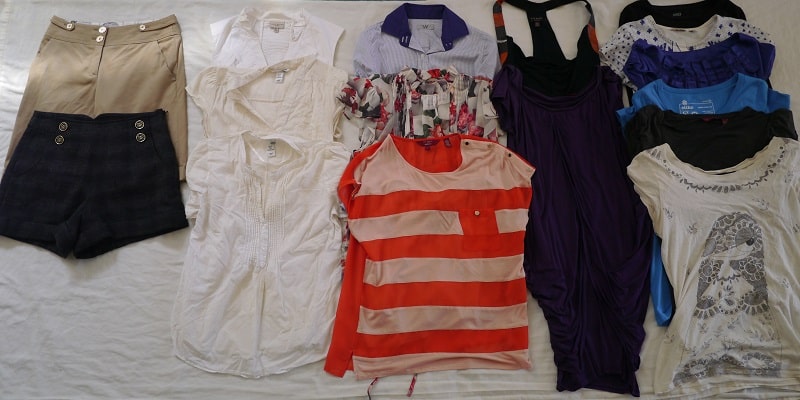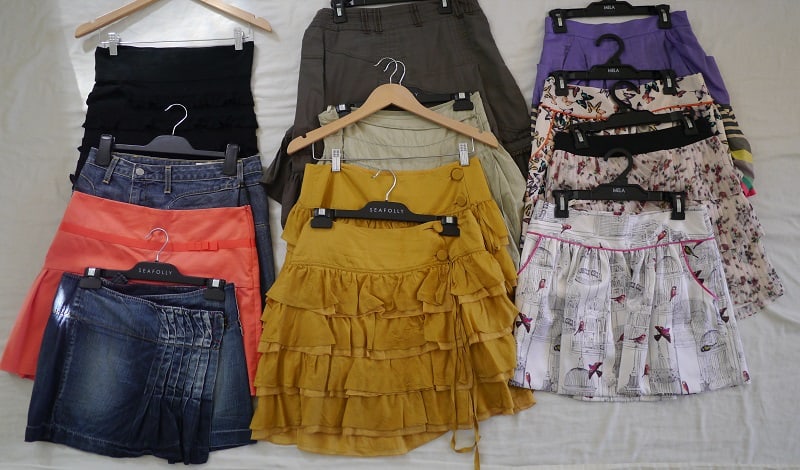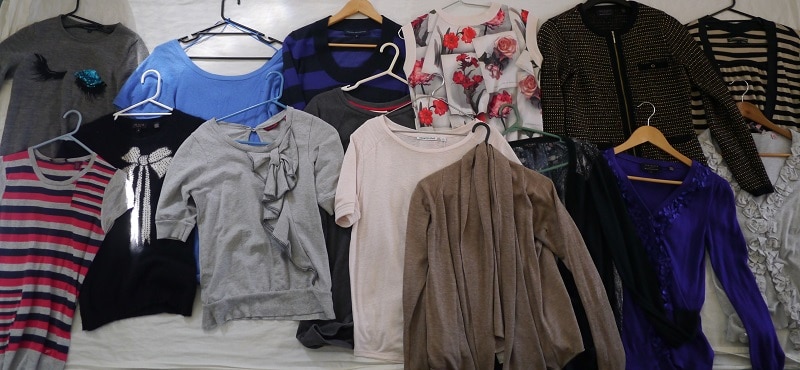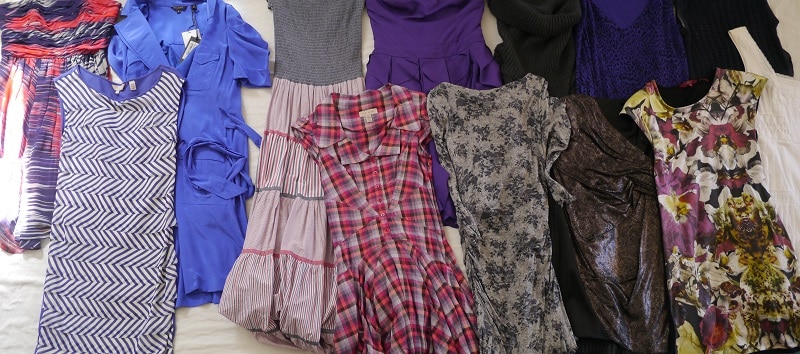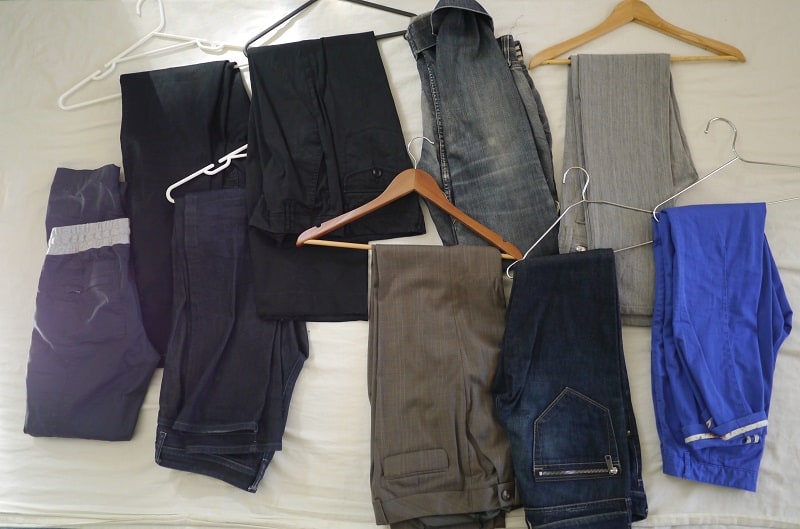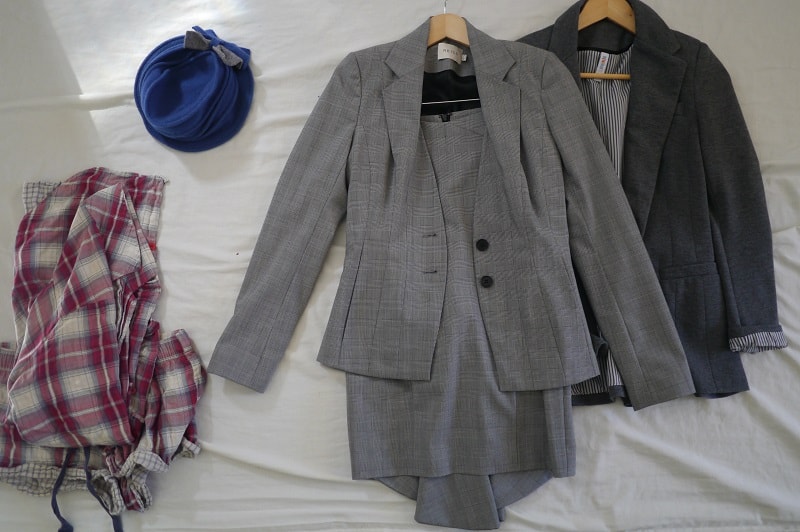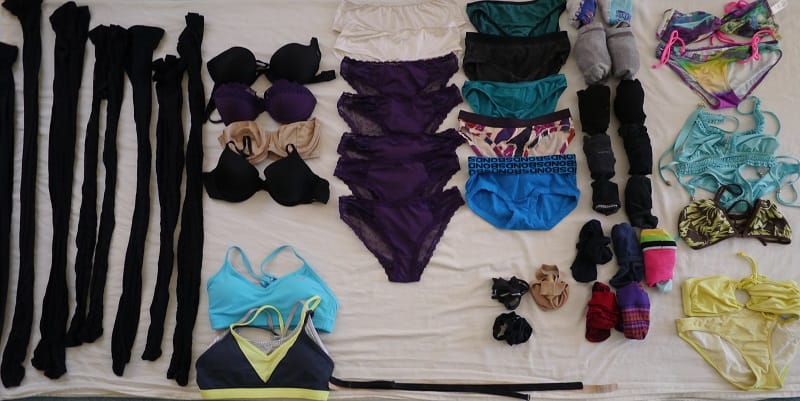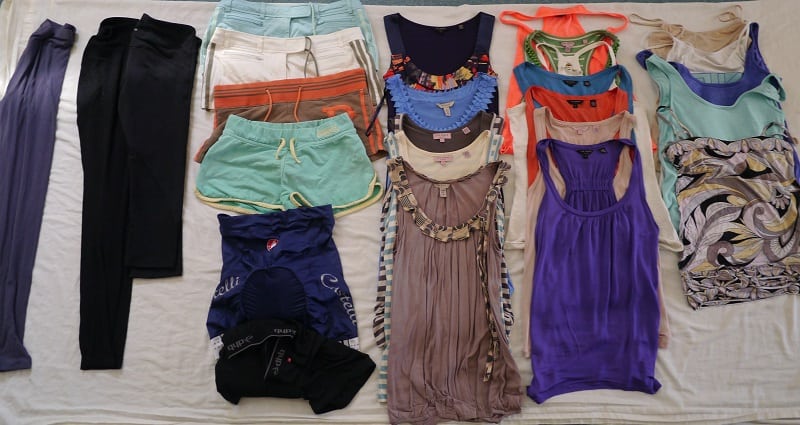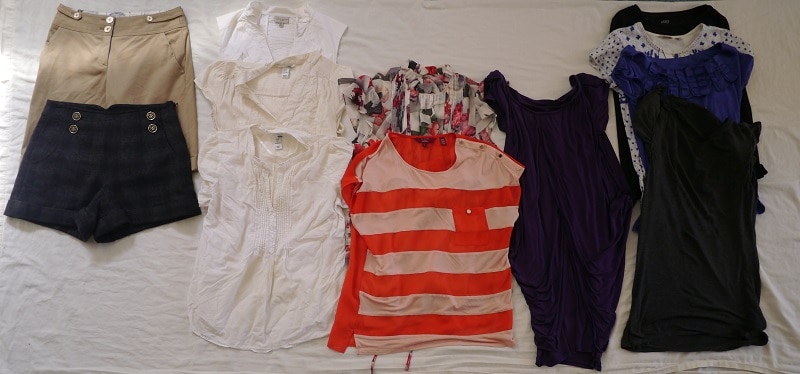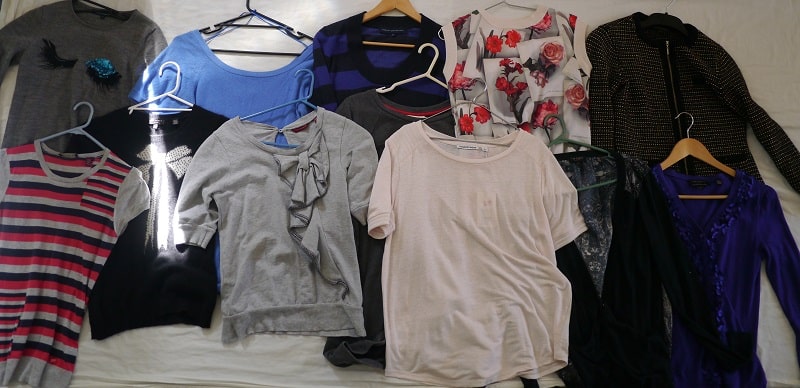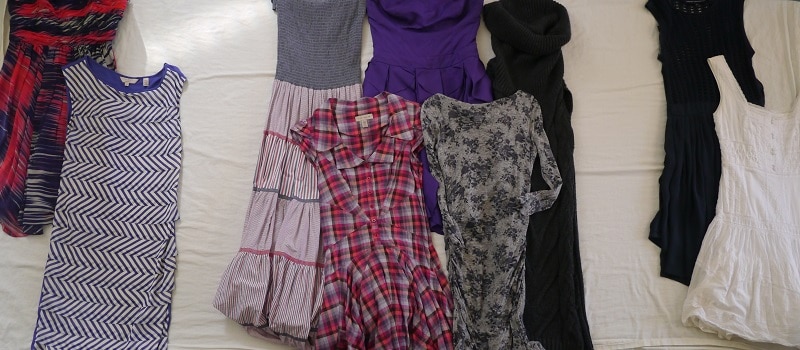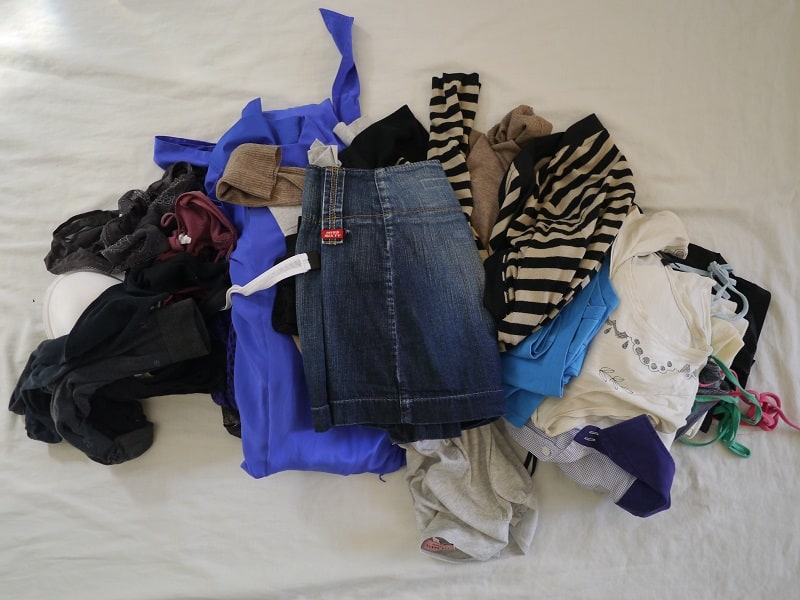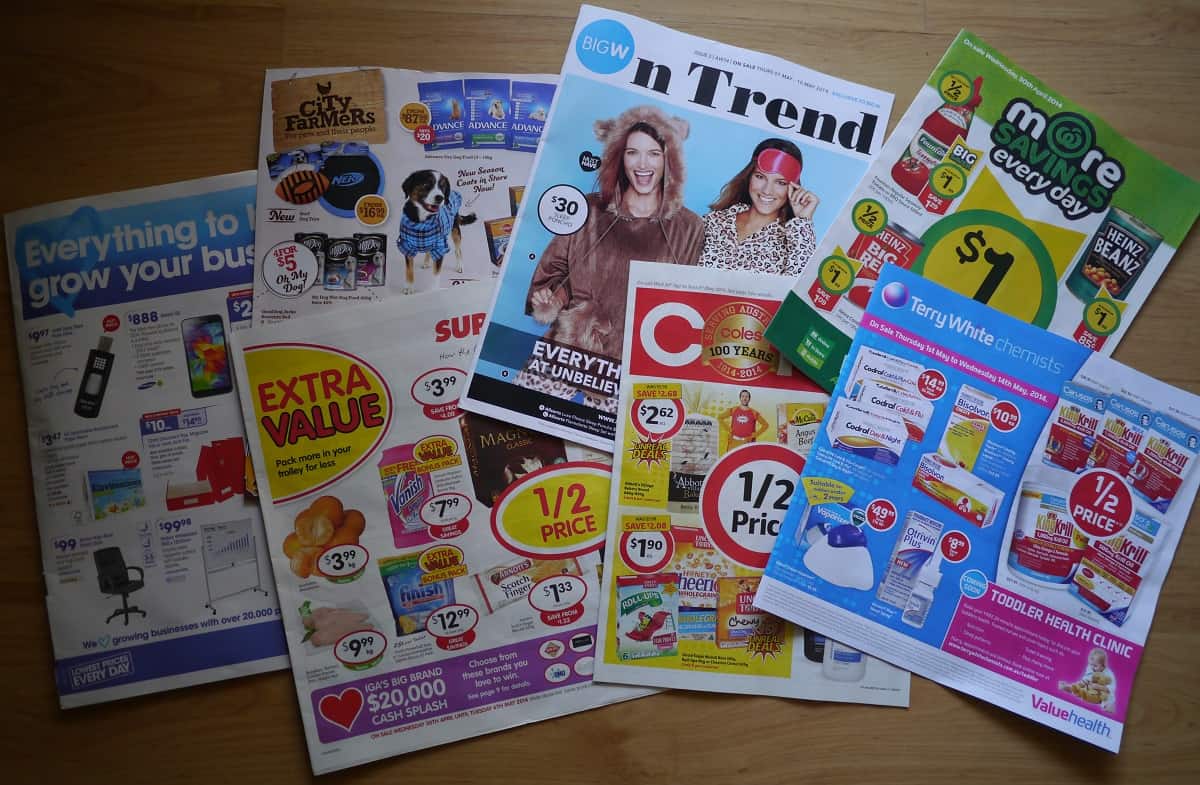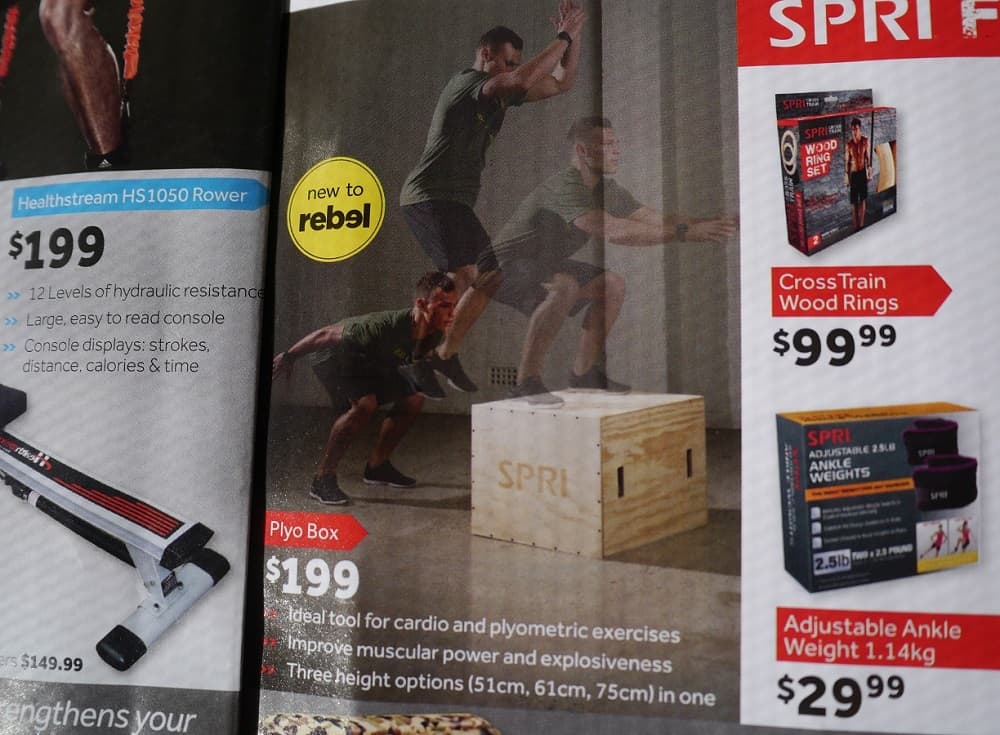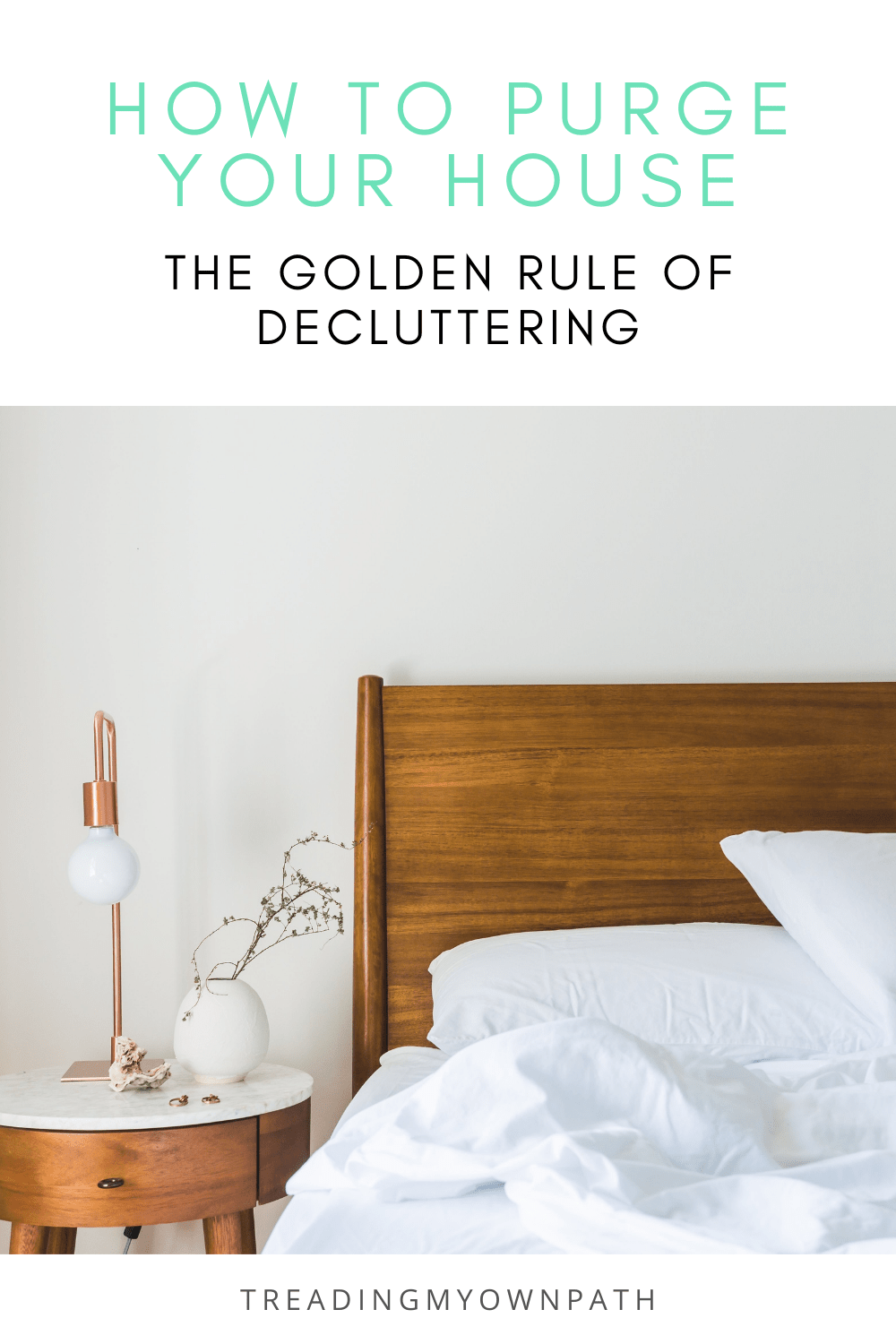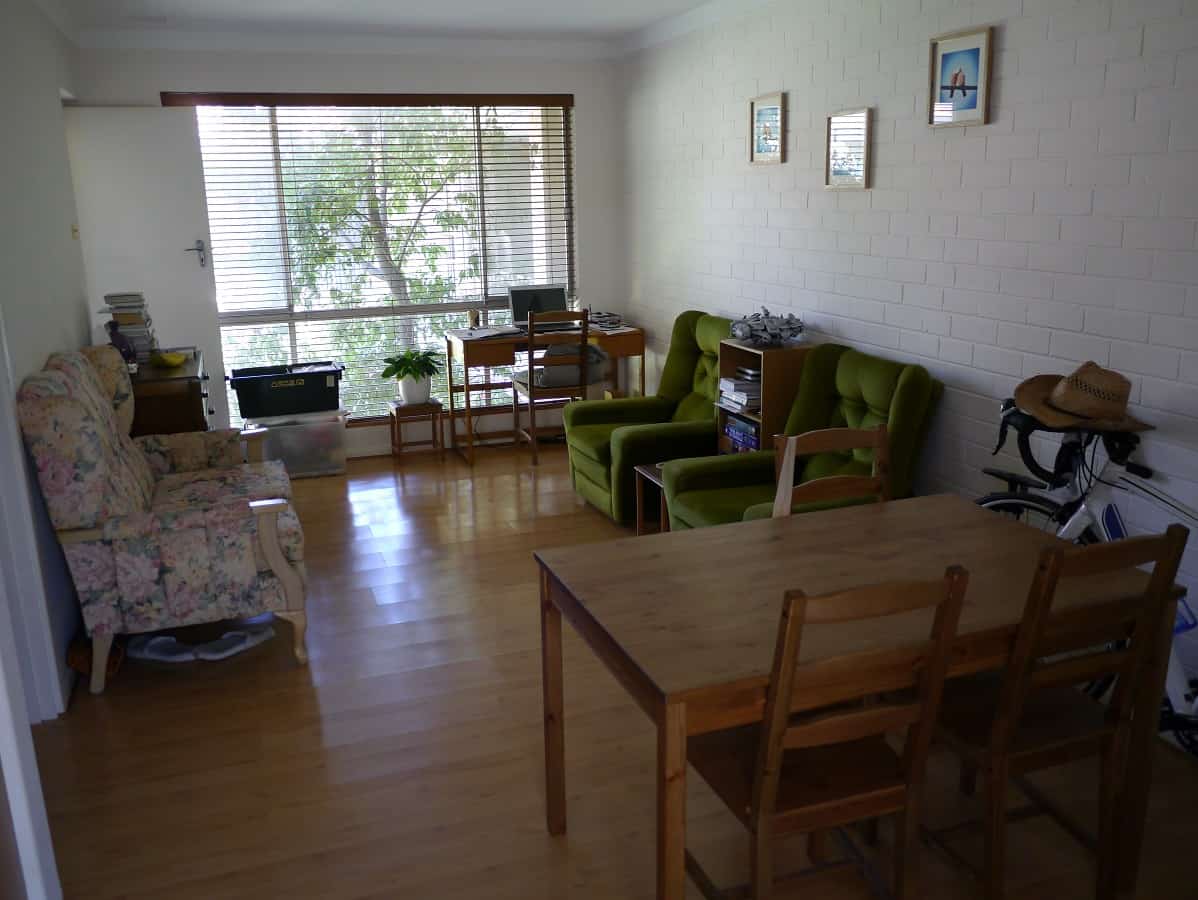Minimalism: Things that I Don’t Have
One of the main lessons I’ve learned about minimalism, decluttering and simplifying is that you just have to keep chipping away at it. Change isn’t always easy. Slow, small steps are still steps in the right direction. It might not be lightning fast, but progress is being made. My unnecessarily large number of clothes tends to feature often on the blog, because it’s something that I personally find hard to declutter (although, however full my closet might look now, there’s definitely less than when I started). In other areas, however, I’m doing much better.
I spend so much time lamenting the failures and the not-quite-there-yet / work-in-progress attempts, but of course I have successes too. I thought I’d change the tone a bit today and focus on the things that I don’t have – meaning the things I’ve successfully decluttered and happily live without.
Things That I Don’t Have
- A car. We are a zero-car household, and use our bicycles or public transport to get from A to B. We hire a car if we’re going further afield on holidays.
-
A garage. We have an open carport, which we don’t use because we don’t have a car, but we don’t have a lockable, sealed garage. Which means we don’t have any “stuff” stored in the garage either!
-
A shed / storage locker. Ditto.
-
A TV. Nope, we don’t have a TV. I’ve not had a TV for the majority of my adult life, and I love life without it. There’s no adverts selling me stuff, no wasted evenings starting mindlessly at the box. With the average Australian adult spending 13 hours a week watching TV, that’s a lot of free time to lose!
-
A DVD player. Not much point without a television! Nor do we have an X-Box, Wii, Freeview box, VHS player, or any other electronic gaming or viewing device.
-
A toaster. We use the grill. Not having a toaster saves on kitchen bench top clutter.
-
A microwave. They take up valuable counter space, they have questionable safety, and I’ve never eaten any food that’s tasted delicious after coming out of a microwave. If we need to heat something up, we use a pan.
-
A dishwasher. I wash dishes by hand. I’ve read arguments that dishwashers are more efficient in their water use than hand-washing, but if you take into account mining the metal from the ground, drilling the oil, transporting the materials, molding the plastic, manufacturing the dishwasher and shipping it to the store, I’m pretty sure had-washing is the winner. There’s a space in the new house for a dishwasher – it will be remaining empty.
-
Storage crates. We just sold our last two storage crates (after ridding ourselves of the contents) on Gumtree this week (we’ve offloaded 8 crates in 3 years). I feel it’s quite symbolic – there’s no longer any boxed storage in our home.
-
DIY tools. Aside from a screwdriver, we don’t have any DIY tools. On the rare occasion we need one, we borrow it. In the last year we’ve borrowed a drill, a hammer, a pedal wrench, a shovel and a rubber mallet.
-
A printer. We have a laptop but we don’t have a printer. It’s vary rare that we need to print anything, but if we do we can use te printer at work or the local library.
-
Any music CDs. These were one of the first things I decluttered back in the UK. I sold / gave away or donated every single one of my sizeable CD collection (I was a teenager in the 90s – we had a lot of CDs). I’ve not bought any since.
-
Any DVDs. I was always selective about buying DVDs, even in my pre-minimalism days – who needs a huge collection of movies they will only watch once cluttering up the house? I owned a few of my favourites (Pedro Almodovar classics mainly) but I sold these before I moved to Australia. If we want to watch a movie, we borrow it from the library.
-
Fiction books. I’ve sold, given away or donated the lot. I can use the local library – why would I want shelves of paperbacks I’ll never read again cluttering up my home?
-
A dryer. Yes, we have a washing machine, but no, we don’t have a dryer. We have the sun. Far more environmentally-friendly!
-
Chemical cleaning products. Switching to green cleaning is not only healthier and safer, it means less bottles rattling around under the sink! I use white vinegar, bicarb and a good scrubbing brush, plus a few essential oils. The first two also moonlight on the pantry shelves – you couldn’t say the same for bleach!
-
Chemical beauty products. My bathroom routine is pared down to a minimum – bar soap and almond oil for my skin; bicarb and vinegar for my hair. Do we really need to exfoliate, cleanse, tone and moisturise? Have a separate eye, skin and body moisturiser? Plus one for overnight? Or is it just marketing fluff designed to make us buy more? Hmmm. Plus it’s estimated that the average woman applies more than 500 chemicals to her body every day, so there’s more incentive than just fewer bottles on the bathroom shelf.
-
A hairdryer. I towel-dry my hair, then leave it to dry naturally.
-
More than 4 dining chairs. This came to mind because we had a few people over for Glen’s birthday in January (there were 6 of us) and we only had 4 dining chairs. We used the char from the office, and a upturned milk crate with two cushions for the 6th. Job done!
-
Credit card debt. I have credit cards, and use them regularly. There’s a number of reasons, including the security, rewards offered and the interest I can earn on the money before the bill comes. But I always pay the bill in full. Every month. I always have and always will.
Now I want to hear from you! How many can you tick off from my list as things you don’t own? Is there anything on here that you’d struggle to do without? If you were to write this list, what things would you add to it? Please tell me your thoughts and leave a comment below!
[leadpages_leadbox leadbox_id=1429a0746639c5] [/leadpages_leadbox]

